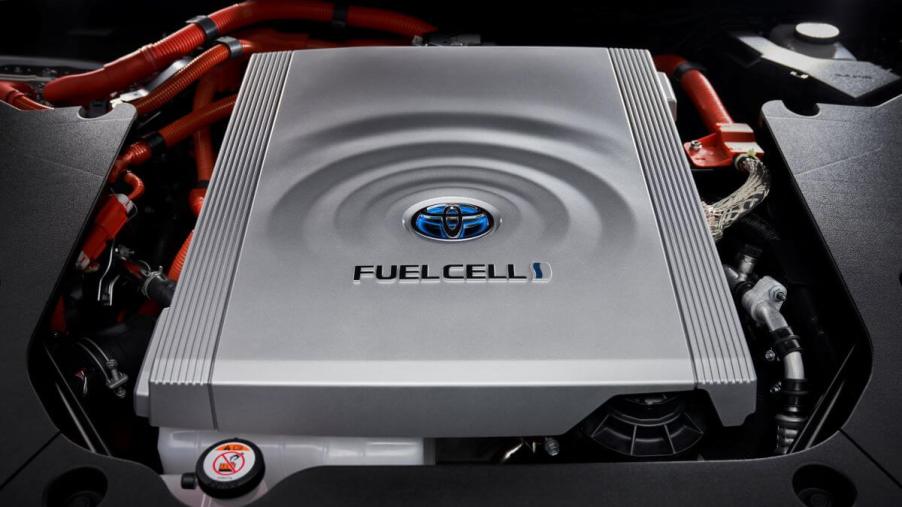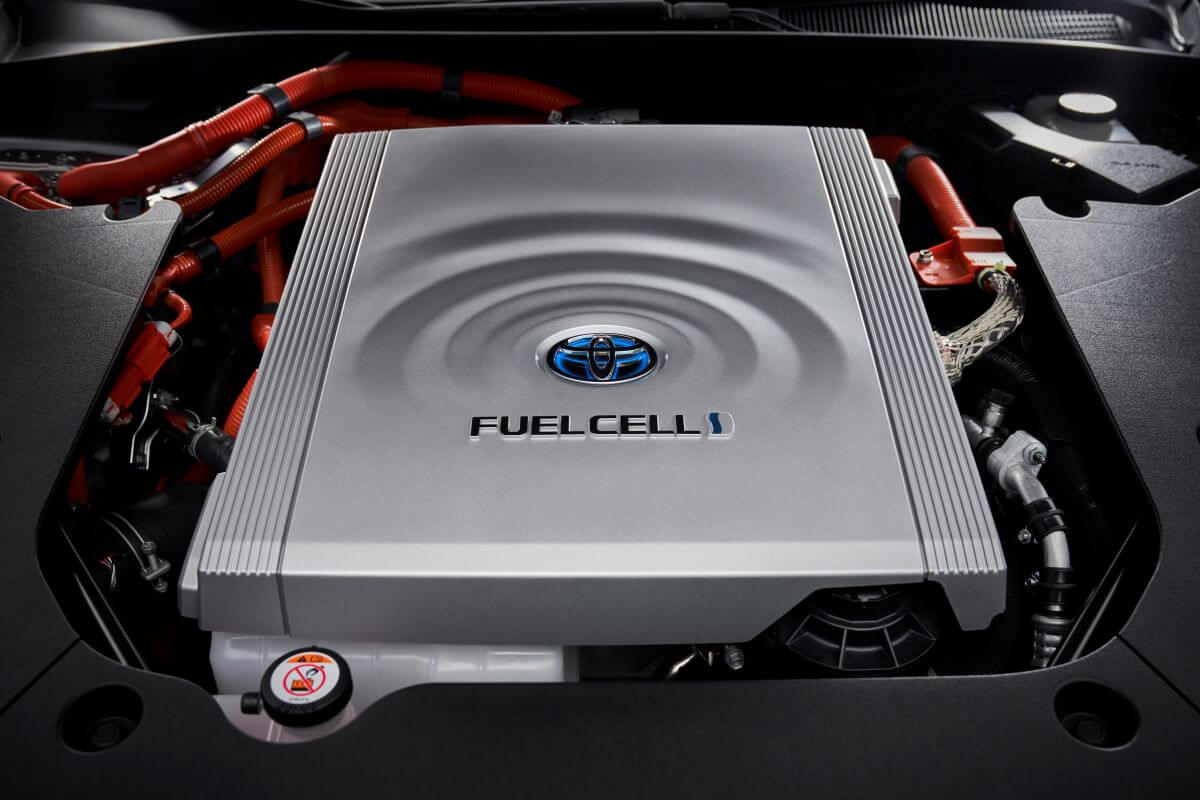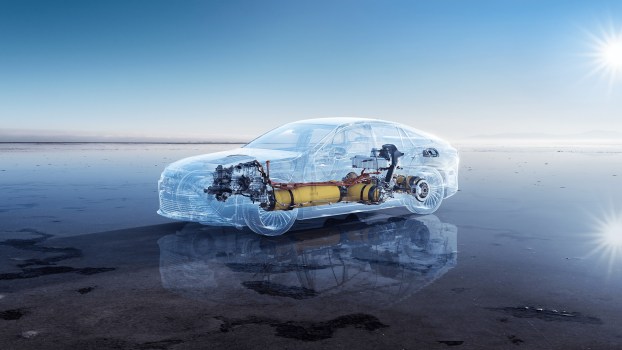
Are Hydrogen Cars a Type of Electric Vehicle (EV)?
One type of vehicle that’s not talked about all that much is hydrogen cars, which are a work-in-progress type of technology. While hydrogen fuel cell vehicles offer great benefits, there are still too many limitations, such as a lack of infrastructure across the country, which is why there are only about 15,000 of these units on the road now. Whether they’ll be big competitors to electric vehicles will remain to be seen, at least for now.
One question that often enters people’s minds is whether a hydrogen car is another type of electric vehicle or if it’s in a classification of its own. Let’s explore what a hydrogen-fueled car is, whether it’s an EV or not, and whether any of these vehicles are currently on the U.S. market.
Hydrogen is a little-known alternative fuel source

Electric vehicles are meant to help keep the environment clean of hazardous emissions and transition to a more renewable and cheaper fuel source. Hydrogen cars, which have a different technology, emit only water vapor from the car’s exhaust pipe, so it’s also considered a zero-emission vehicle, according to Car and Driver. Essentially it’s a specific type of EV, so its classification is the same as an electric vehicle.
Powering up this kind of car is the same motor found on an EV, except it uses a fuel-cell unit instead of the typical battery you find with an electric vehicle. The fuel cell has pure hydrogen running through a membrane inside the unit, which will combine with oxygen from the air, producing energy to move the car forward.
To fill up the tank in the vehicle, you will have to use a hydrogen fueling station, which generates pure hydrogen by breaking up compounds containing the molecule, such as natural gas. However, because the process is complicated and expensive, the cost of fueling up at a station will put quite a dent in your wallet. The price could range from $10 to $17 per kilogram, equivalent to approximately $5 to $8.50 a gallon of gas.
Another constraint on a Hydrogen fuel cell vehicle is that there are relatively few stations you can fill up at. Currently, the 60 or so fuel stops are only found in California, which is why you can’t buy this car in any other state. Honda used to offer the Clarity Fuel Cell model for a while, but due to the limitation of fuel stations, among other reasons, the brand discontinued it.
What are the 4 types of EVs available?
One of the most common types of EVs are ones with hybrid technology. This combines an electric motor with a gasoline-powered engine. The two units work together to increase driving ranges and decrease vehicle emissions. The battery that runs the electric motor can’t be charged with an outside source; it recharges from the energy recaptured from the car. Offering impressive fuel economy ratings, an excellent example of this hybrid type of EV is the Toyota Prius.
The next type is a plug-in hybrid vehicle (PHEV), which runs much like a regular hybrid, except you can charge the electric motor using an outside charging source and recharge from the energy produced from the gas engine. According to the U.S. Department of Transportation, you can travel anywhere from 20 to 50 miles on electricity, and then the internal combustion engine can take over. An example of a popular PHEV is the Toyota RAV4 Prime.
The most well-known type of EV is the battery-electric model. This refers to the fully electric vehicles we see on the market today. The battery stores energy and transmits it to the motor to move the car down the road. It can be recharged using an external power source, accessed from your home, or at a charging station in public. All Tesla models and popular vehicles like the Chevy Bolt and Nissan Leaf fit this category.
The last type is the fuel cell vehicle, where hydrogen technology comes in. To power your car, the vehicle will convert hydrogen into electricity, providing the motor with energy to move the car in the direction you want to go. To fill up the tank, you must use a special hydrogen station.
Are there any hydrogen-powered vehicles currently for sale in America?
So far, only two vehicles on the market use hydrogen as a fuel source. One is the Toyota Mirai, and the other is the Hyundai Nexo. Both of these cars are currently only for sale in California because the only places you can fuel up are in that state.
The Hyundai Nexo’s fuel cell motor offers 161 horsepower and 291 lb-ft of torque, which isn’t all that powerful, considering you only get about an 8.4-second acceleration time on a 0 to 60 mph run. As for fuel economy, you can expect to get approximately 61 MPGe and a driving range of around 380 miles for the standard-sized tires. Opting for the 19-inch wheels decreases the range by 26 miles.
With the Toyota Mirai, you can expect a motor that produces 182 hp and 221 lb-ft of torque. On a 0 to 60 mph run, this model will take 9.1 seconds to get up to speed, which is pretty poor compared to other EVs. However, its fuel economy ratings are impressive. You can get 67 MPGe, rated for a 402-mile driving range.
When it comes to zero-emission vehicles, one type of car that will help you keep from harming the environment is a fuel-cell hydrogen vehicle, provided you live in California, which is the only state it’s sold in. Filling up the tank can get expensive, but this model offers excellent fuel economy to help offset some of the cost.



